
|
|
Font Size:
|
||||
|
|
|
|
||||
STATISTICAL BRIEF #113:
Children's Dental Care: Periodicity of Checkups and Access to Care, 2003
Highlights
- Advice from a health care provider on the need for routine dental checkups was only ever offered for less than half of all children ages 2-17 (46.5 percent). Advice was more likely to be given for younger children ages 2-5 (48.7 percent) and 6-12 (50.6 percent) than for those 13-17 (39.3 percent).
- About half of all children 2-17 usually have a dental checkup at least once a year, with those 2-5 being much less likely than older children 6-12 and 13-17 (35.1 versus 58.4 and 54.1 percent, respectively) to have a checkup. Almost half of all children (about 32 million) did not usually have such checkups.
- White non-Hispanic single race children (59.5 percent) were far more likely to usually have a routine dental checkup at least once a year than either Hispanic or black non-Hispanic single race children (34.0 percent and 41.7 percent).
- Children in households where neither parent attended college were less likely to usually have a dental checkup at least once a year than those in a household where at least one parent attended or completed college (33.2 percent versus 60.9 percent).
- Inability to afford care was cited by more than half of the children who experienced barriers to dental care (55.7 percent) as the main reason needed dental care was not received. Of this group, 24.1 percent were uninsured, 30.5 percent were covered by public only, and 45.4 percent had private health insurance.
Introduction
Tooth decay continues to be the single most prevalent chronic disease among children in the United States, despite its being highly preventable through early and sustained home care and regular professional preventive services.1 The U.S. Surgeon General's report on oral health, Oral Health in America, highlighted the fact that "dental caries is the single most common chronic childhood disease--5 times more common than asthma and 7 times more common than hay fever."2 The report noted that a fifth of America's preschoolers and half of second graders have experienced cavities.3 The American Academy of Pediatric Dentistry4 and the American Dental Association5 recommends that children have two dental visits per year beginning at age one. In addition, the American Academy of Pediatrics6 recommends that children begin regular visits to a dental professional in the early toddler years.
This Statistical Brief looks at whether dental checkup advice was ever offered by a physician or other health care provider, the periodicity of receiving dental checkups, and affordability of dental care among children between the ages of 2 and 17 in the U.S. civilian noninstitutionalized population. Estimates in the brief are based on data from the child health supplement, preventive care, and access to care sections of the Household Component of the Medical Expenditure Panel Survey (MEPS-HC) for 2003. Health insurance coverage as reported in the brief does not necessarily include dental coverage either in part or full. All comparisons presented are statistically significant at the .05 level.
Findings
According to 2003 MEPS-HC data, advice from a health care provider on the need for routine dental checkups was only ever offered for less than half of children ages 2-17 (46.5 percent). Counsel about dental checkups was given more often for children ages 2-5 (48.7 percent) and 6-12 (50.6 percent) than those aged 13-17 (39.3 percent) (figure 1). Those having private (47.4 percent) or public only (46.4 percent) health insurance were more likely than those who were uninsured (37.2 percent) to have ever received the dental checkup advice (figure 2).
When examining usual preventive dental health care practices, on average slightly over half of all children 2-17 (51.4 percent) usually have a dental checkup at least once a year. Young children ages 2-5 were much less likely than older children ages 6-12 and 13-17 to usually receive dental checkups at least once per year (35.1 percent versus 58.4 percent and 54.1 percent, respectively) (figure 3). The 48.6 percent of children 2-17 who did not usually get the recommended yearly dental checkups corresponds to about 32 million children.
The likelihood of children getting routine dental checkups at the recommended interval of at least once a year was associated with a number of sociodemographic characteristics, including race/ethnicity, parents' educational attainment, and family income.
Among racial/ethnic groups considered in this Statistical Brief, white non-Hispanic single race children (59.5 percent) were far more likely to usually have a routine dental checkup at least once a year than either Hispanic or black non-Hispanic single race children (34.0 percent and 41.7 percent) (figure 4).
The level of parent's education was significantly associated with children usually obtaining routine dental checkups at least once a year. In general, a higher level of parental education was associated with an increased likelihood that a child usually had a routine dental checkup at least once a year. Moreover, children living in a household where neither parent attended college were significantly less likely to usually have a dental checkup at least once a year than children living in a household where at least one parent attended or completed college (33.2 percent versus 60.9 percent) (figure 5).
With respect to family income, those in the middle/high income families were substantially more likely to usually have had a routine dental checkup at least once a year than those in poor/near poor families (60.1 percent versus 36.2 percent ) (estimates not shown).
MEPS-HC data show that about 4 percent (4.3 percent) of the children who needed dental treatment in 2003 were unable to get, or were delayed in getting, dental care (figure 6). Among children who experienced barriers to dental care, inability to afford care was cited by more than half (55.7 percent; estimate not shown) as the main reason a child did not receive, or were delayed in receiving, needed dental care. Of the children who were unable to obtain, or were delayed in obtaining, necessary dental care because they could not afford it, 24.1 percent were uninsured, 30.5 percent were covered by public only, and 45.4 percent had private health insurance (figure 7).
Data Source
The estimates in this Statistical Brief are based on data from the 2003 MEPS-HC. The MEPS-HC data set contains a sample of 37,418 persons with a response rate of about 65 percent for annual estimates. This brief examines the preventive care data that were collected in Rounds 3 and 5 of Panel 6, and Rounds 1, 2, and 3 of Panel 7 of the MEPS survey. The variable for dental care checkup advice (DENTAL42) had a small amount of missing data (3.3 percent or less). Variables for parents' education level, periodicity of dental checkups, and unable or delayed in obtaining necessary dental care (EDUCYRX, DENTCK53X, and UNABDLAY, respectively) had less than 1 percent missing data. The variable for the reason for the inability to obtain the necessary dental care due to inability to afford the care (RUNABDLAY) had no missing data. Cases with missing data were excluded from the numerator and the denominator of relevant statistics.
Definitions/Methodology
Poverty-level categories
Poverty-level categories were based on thresholds developed by the U.S. Census Bureau:
- Poor: Family income is less than 100 percent of the poverty-level income.
- Near poor: Family income is 100 percent or more but less than 125 percent of the poverty-level income.
- Low income: Family income is 125 percent or more but less than 200 percent of the poverty-level income.
- Middle income: Family income is 200 percent or more but less than 400 percent of the poverty-level income.
- High income: Family income is 400 percent or more of the poverty-level income.
- Uninsured: Children who did not have insurance coverage at any time during the survey year were classified as uninsured. Children covered only by noncomprehensive State-specific programs (e.g., Maryland Kidney Disease Program) or private single-service plans (e.g., coverage for dental or vision care only, coverage for accidents or specific diseases) were considered to be uninsured.
- Public only coverage: Children were considered to have public only health insurance coverage if they were not covered by private insurance at any time during the year and they were covered by Medicare, Medicaid, TRICARE, or other public hospital and physician coverage.
- Any private coverage: Private health insurance coverage was defined as nonpublic insurance that provided coverage for hospital and physician care (including Medigap coverage).
Age was usually based on the sample person's age at the end of the year. If the person was not in the survey at the end of the year, then age at the time he or she was last in the survey was used.
Education level
A person's educational attainment was indicated as the number of completed years of education: 1) Less than high school (persons with fewer than 12 completed years of education), 2) high school graduate (persons with exactly 12 completed years of education), and 3) at least some college (persons with greater than 12 completed years of education). For this analysis, the parents' education level was based on the highest educational attainment level between the parents.
Racial and ethnic classifications
Classification by race and ethnicity was based on information reported for each family member. Respondents were asked if each family member's race was best described as American Indian, Alaska Native, Asian or Pacific Islander, black non-Hispanic single race, white non-Hispanic single race, or other. They also were asked if each family member's main national origin or ancestry was Puerto Rican; Cuban; Mexican, Mexicano, Mexican American, or Chicano; other Latin American; or other Spanish. All persons whose main national origin or ancestry was reported in one of these Hispanic groups, regardless of racial background, were classified as Hispanic. Since the Hispanic grouping can include black Hispanic, white Hispanic, Asian and Pacific Islanders Hispanic, and other Hispanic, the race categories of black, white, Asian and Pacific Islanders, and other do not include Hispanic. MEPS respondents who reported other single or multiple races and were non-Hispanic were included in the other category. For this analysis, the following classification by race and ethnicity was used: Hispanic (of any race), black non-Hispanic single race, white non-Hispanic single race, non-Hispanic Asian and Pacific Islanders, and non-Hispanic others.
Dental care checkup advice
The survey question regarding dental care checkup advice asked whether a doctor or other health care provider had ever given the respondent or family member advice about having regular dental checkups.
How often received dental checkup
The respondent or family member was asked, on average, how often the subject received a dental checkup. The response categories included twice a year or more, once a year, less than once a year, never go to dentist, refused response, and don't know. For the purposes of this analysis, the categories were combined into at least once a year and other.
Not receiving necessary dental care
The following two survey questions were asked regarding the receipt of necessary dental care:
Unable to receive necessary dental care: "In the last 12 months, was anyone in the family unable to get dental care, tests, or treatments they, or a dentist, believed necessary?" If so, who?
Reason unable to receive necessary dental care: Respondents were asked, "Which of these (situations) best describes the main reason (person) (were/was) unable to get dental care, tests, or treatments (he/she) or a dentist believed necessary?"
COULDN'T AFFORD CARE .................1For this analysis, we looked further at those who said the main reason they were unable to get dental treatment was because they could not afford care.
INSURANCE COMPANY WOULDN'T APPROVE,
COVER, OR PAY FOR CARE .............2
DOCTOR REFUSED TO ACCEPT FAMILY'S
INSURANCE PLAN .....................3
PROBLEMS GETTING TO DOCTOR'S OFFICE ..4
DIFFERENT LANGUAGE ...................5
COULDN'T GET TIME OFF WORK ...........6
DIDN'T KNOW WHERE TO GO TO GET CARE ..7
WAS REFUSED SERVICES .................8
COULDN'T GET CHILD CARE ..............9
DIDN'T HAVE TIME OR TOOK TOO LONG ...10
OTHER ...............................91
REF .................................-7
DK ...........................
About MEPS-HC
MEPS-HC is a nationally representative longitudinal survey that collects detailed information on health care utilization and expenditures, health insurance, and health status, as well as a wide variety of social, demographic, and economic characteristics for the civilian noninstitutionalized population. It is cosponsored by the Agency for Healthcare Research and Quality and the National Center for Health Statistics.
For more information about MEPS, call the MEPS information coordinator at AHRQ (301-427-1656) or visit the MEPS Web site at http://www.meps.ahrq.gov/.
References
Current guidelines for pediatric dental care, including the periodicity of professional oral assessments and preventive services for children, can be found in the American Academy of Pediatric Dentistry Reference Manual, available at http://www.aapd.org.
For a detailed description of the MEPS survey design, sample design, and methods used to minimize sources of nonsampling error, see the following publications:
Cohen, J. Design and Methods of the Medical Expenditure Panel Survey Household Component. MEPS Methodology Report No. 1. AHCPR Pub. No. 97-0026. Rockville, Md.: Agency for Health Care Policy and Research, 1997.
Cohen, S. Sample Design of the 1996 Medical Expenditure Panel Survey Household Component. MEPS Methodology Report No. 2. AHCPR Pub. No. 97-0027. Rockville, Md.: Agency for Health Care Policy and Research, 1997.
Cohen, S. Design Strategies and Innovations in the Medical Expenditure Panel Survey. Medical Care, July 2003: 41(7) Supplement: III-5-III-12.
Suggested Citation
Chu, M. Children's Dental Care: Periodicity of Checkups and Access to Care, 2003. Statistical Brief #113. January 2006. Agency for Healthcare Research and Quality, Rockville, Md. http://meps.ahrq.gov/mepsweb/data_files/publications/st113/stat113.shtml
AHRQ welcomes questions and comments from readers of this publication who are interested in obtaining more information about access, cost, use, financing, and quality of health care in the United States. We also invite you to tell us how you are using this Statistical Brief and other MEPS data and tools and to share suggestions on how MEPS products might be enhanced to further meet your needs. Please e-mail us at mepspd@ahrq.gov or send a letter to the address below:
Steven B. Cohen, PhD, Director
Center for Financing, Access, and Cost Trends
Agency for Healthcare Research and Quality
540 Gaither Road
Rockville, MD 20850
Footnotes
1 U.S. Department of Health and Human Services. Guide to Children's Dental Care in Medicaid, Centers for Medicare & Medicaid Services; October 2004.
2 U.S. Dept of Health and Human Services. Oral Health in America: A Report of the Surgeon General. Rockville, Md: U.S. Dept of Health and Human Services, National Institutes of Dental and Craniofacial Research, National Institutes of Health; 2000. http://silk.nih.gov/public/hck1ocv.@www.surgeon.fullrpt.pdf
3 American Academy of Pediatrics. http://www.aap.org/sections/peddentist/dentalhealthmonth.htm
4 American Academy of Pediatric Dentistry. Infant oral health care. Pediatr Dent. 2000; 22(suppl. issue):82.
5 American Dental Association. Early childhood tooth decay (Baby bottle tooth decay). http://www.ada.org/public/topics/decay_childhood_faq.asp. Accessed October 2, 2003.
6 American Academy of Pediatrics. A guide to children's dental health. American Academy of Pediatrics, 2002: Washington, D.C. http://www.medem.com/MedLB/article_detaillb.cfm? article_ID=ZZZJPK5BDDC&sub_cat=11. Accessed January 30, 2003.
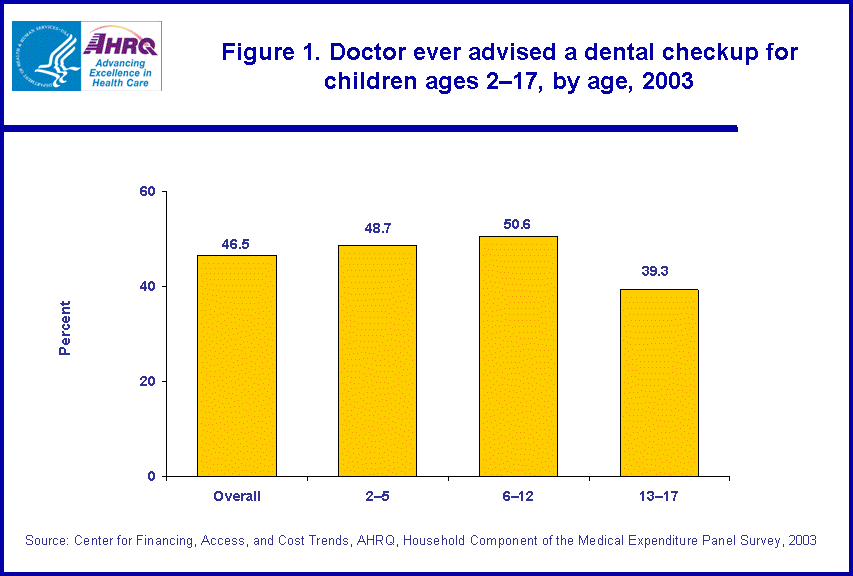 |
||||||||||||||||||||
|
||||||||||||||||||||
|
|
||||||||||||||||||||
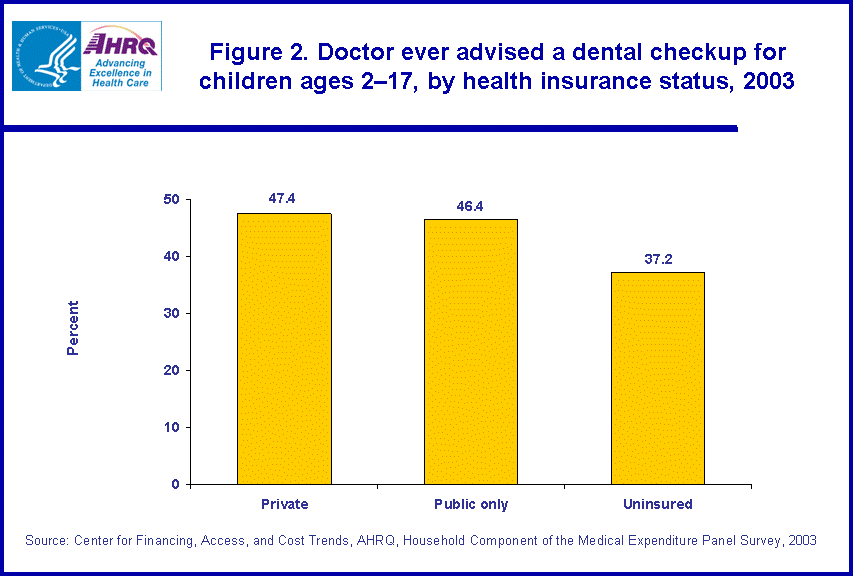 |
||||||||||||||||||||
|
||||||||||||||||||||
|
|
||||||||||||||||||||
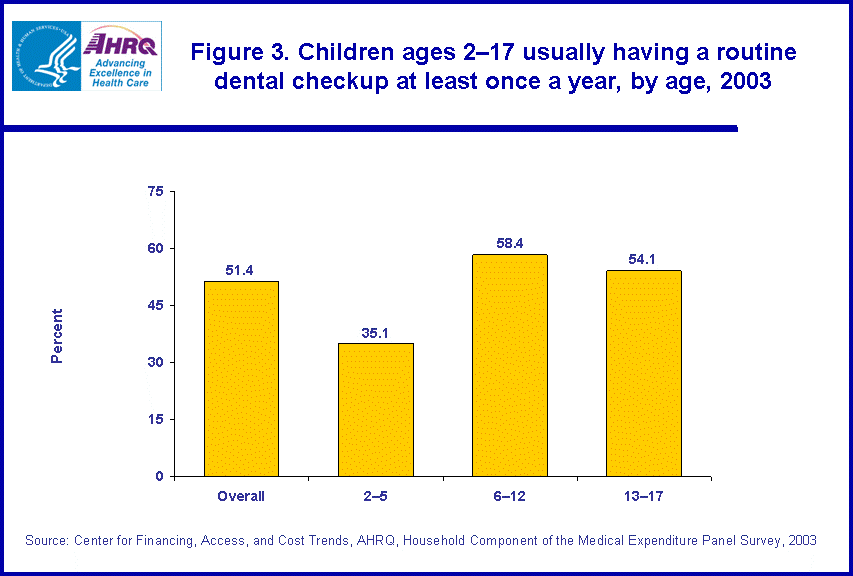 |
||||||||||||||||||||
|
||||||||||||||||||||
|
|
||||||||||||||||||||
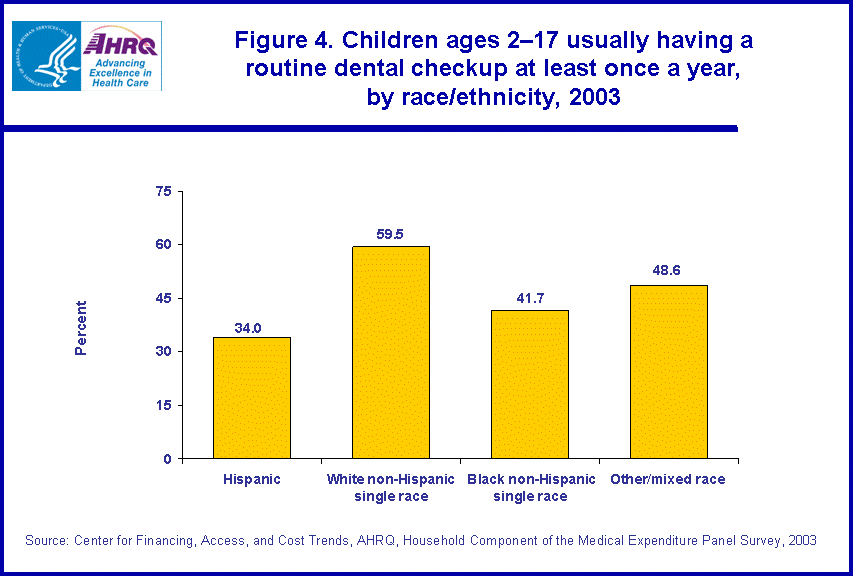 |
||||||||||||||||||||
|
||||||||||||||||||||
|
|
||||||||||||||||||||
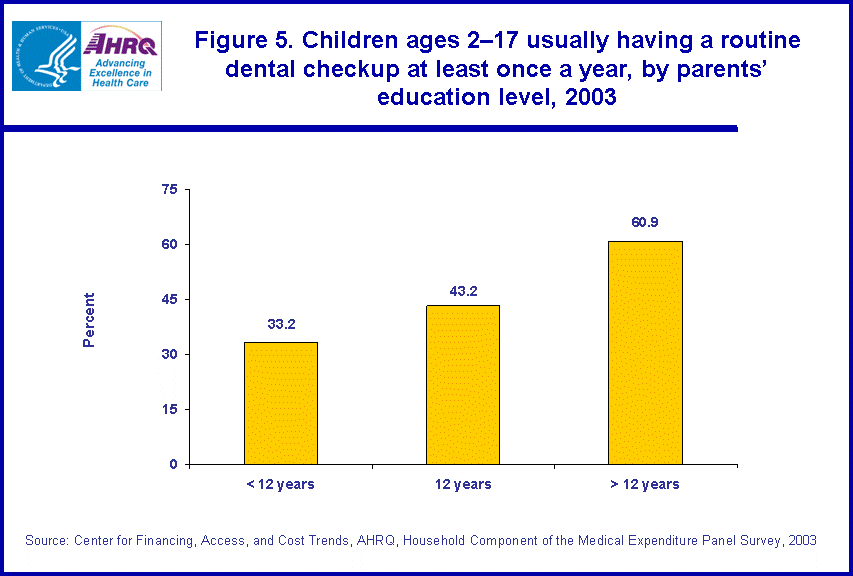 |
||||||||||||||||||||
|
||||||||||||||||||||
|
|
||||||||||||||||||||
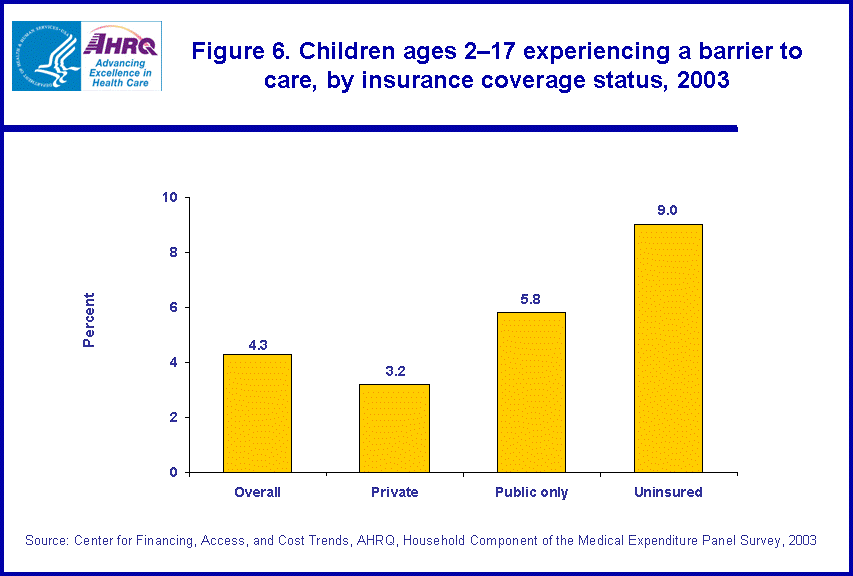 |
||||||||||||||||||||
|
||||||||||||||||||||
|
|
||||||||||||||||||||
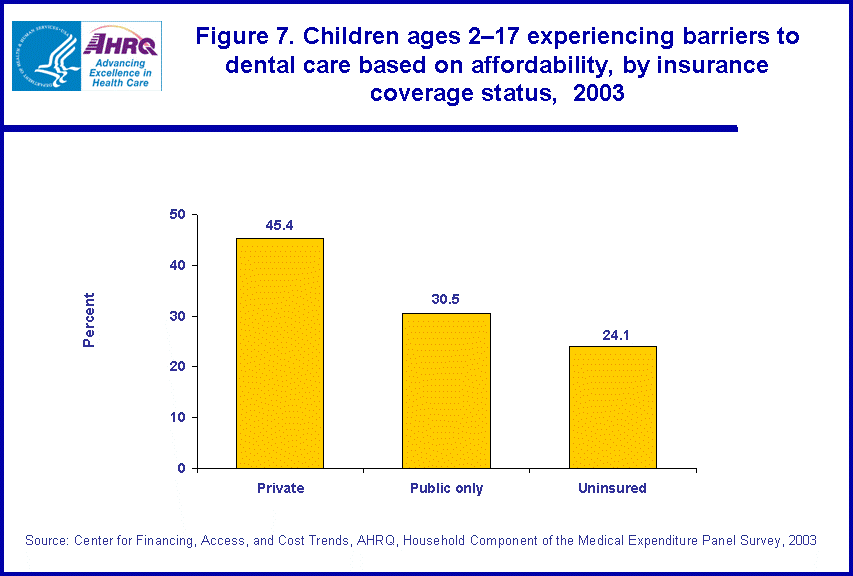 |
||||||||||||||||||||
|
||||||||||||||||||||
|
|
||||||||||||||||||||


